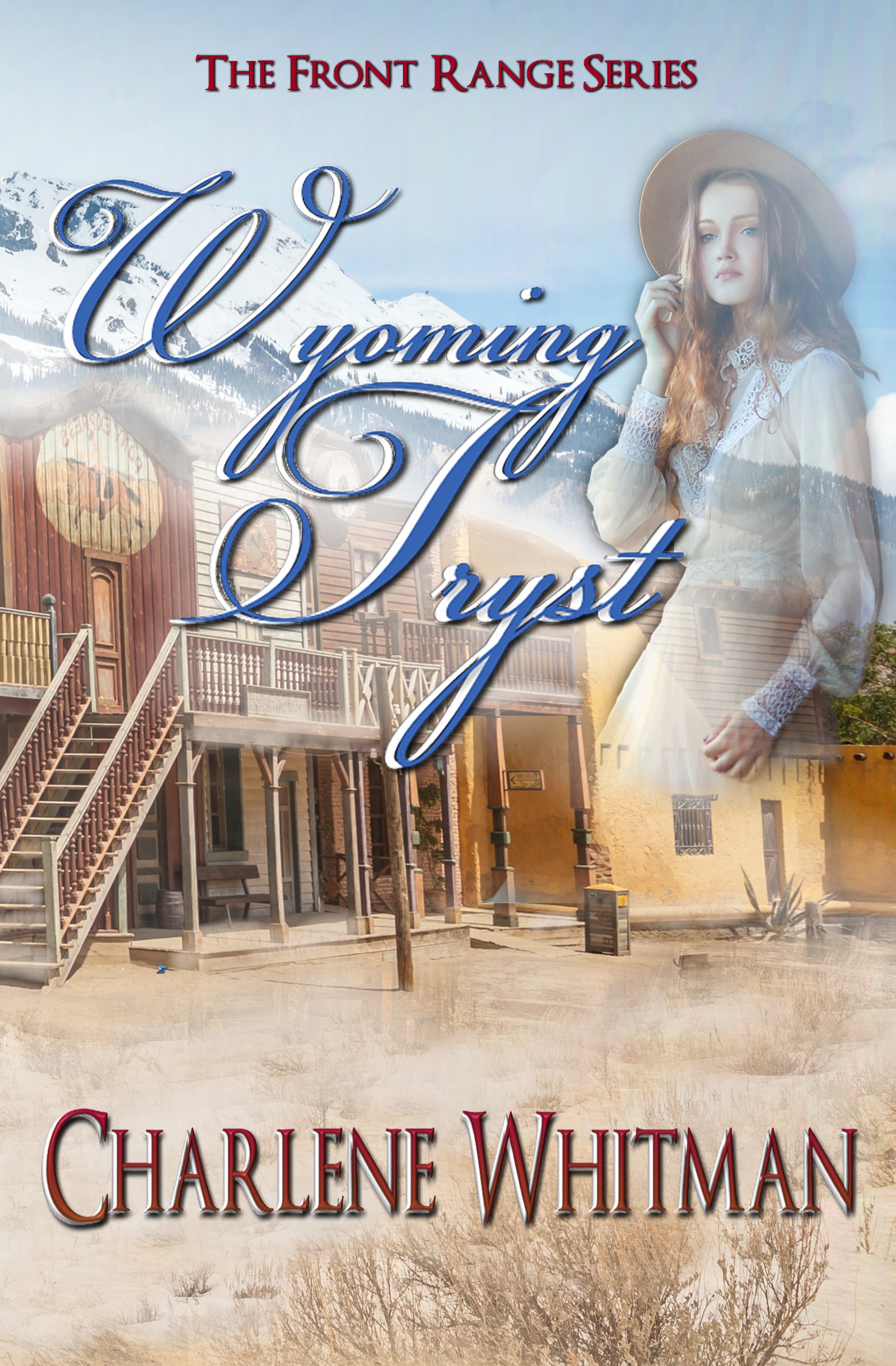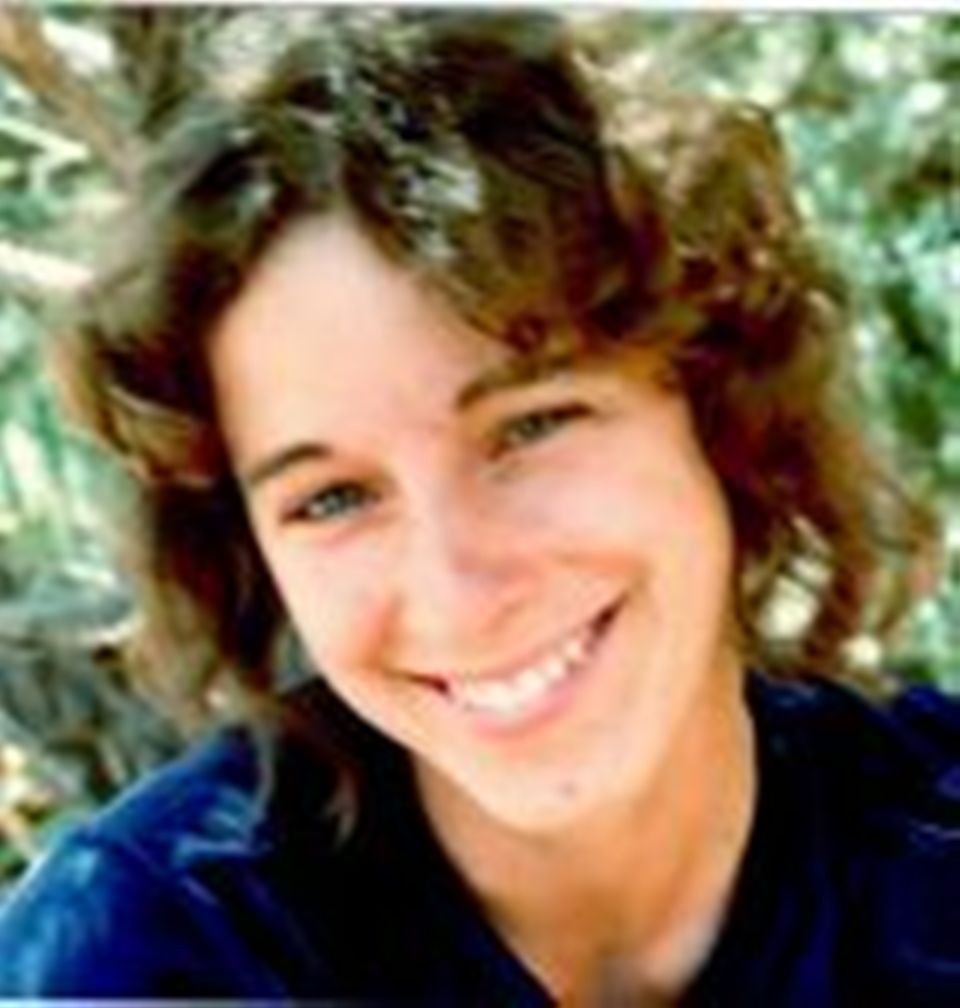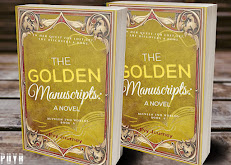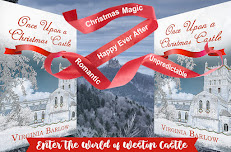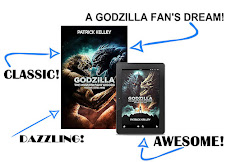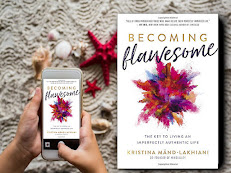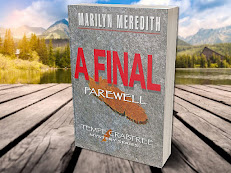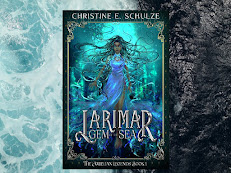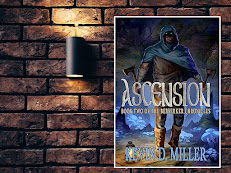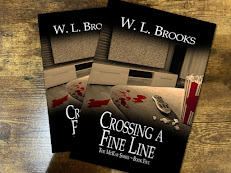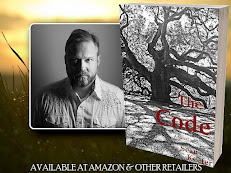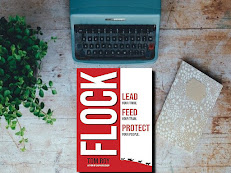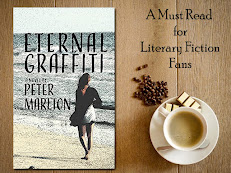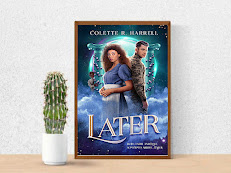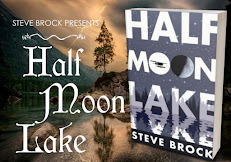A Bookish Conversation with 'Mortal Foe' Marty Roppelt @martyroppelt
thewriterslife
September 27, 2018
0 Comments
“My eyes snap open wide.
A shadow faces me from beyond
the foot of my bed. I shiver, holding my breath. The tall, bulky intruder seems
oblivious. My sleep-hazy mind tells me to lie still. I'll make myself smaller
that way, so the invader won't see me.
I'm making myself small…
My brain stirs slowly. A minute
passes, then a few more. My eyes take their time adjusting to the darkness.
Across the room, the sinister hulk takes the shape of my antique cherry-wood
armoire.
My girlfriend, Kelly, lies next
to me, undisturbed. She faces away. Her chest rises and falls with each breath,
her body radiating warmth.
I don't move. Dread still
freezes me in place. A voice in my head, my own voice, whispers a warning to
me. The warning is so primal it would wear a bearskin if it had a life of its
own.
Don't show the darkness any
fear, any weakness.”
--From Mortal
Foe by Marty Roppelt
Marty Roppelt was born and raised in Cleveland, Ohio. His
original profession was acting on stage, in local commercials and training
films and in film. This means that he has experienced life through a wide
variety of day and night jobs, from barista to waiter and bartender to security
guard, amongst many others. He lives in Illinois with his wife, Becky, and
their eccentric cat, Fritz. Mortal
Foe is his debut novel.
Book Description:
A picture is worth a thousand words… But what if that image
can only be seen through the lens of one camera? What is the snapshot can only
be seen by a select few? What if the photo has its origins in the pit of Hell?
What is that face belongs to an enemy bent on destruction? This is Buddy
Cullen's fate when he first dreams of his grandfather's death and then inherits
his grandfather's antique camera and captures an image that haunts him and
seeks his death. Can Buddy survive the curse that he sarcastically dubs
"Popcorn"—a curse that no one wants to believe exists and stalks the
city of Cleveland, beginning with its baseball team—a mortal foe?
Interview:
Welcome
Marty! It’s interesting to find out how versatile you are – you have been an
actor, waiter, security guard, among other jobs before you became published.
Did any of these jobs help in providing you with great info to write your book?
Marty: Thanks for having me! I think I've taken something useful from every job I've ever worked, different things from different jobs. Acting is really just story-telling in a different form. Creating a character on stage has helped me create characters on the page. I'd always felt that if, as an actor, you have no idea what makes a character tick, and don't find ways to physically show an audience, they won't get it. Writing is much the same. Working as a security guard trained me to watch people and discern their behavior. And tending bar and waiting tables was a treasure trove of human interactions and behaviors, not to mention more than a few stories I might adapt and use.
Are
you a detail freak when it comes to writing your novels?
Marty: Yes. The trick for me, though, is choosing the right details to include. It is, I feel, possible to include too much detail. The reader should have room to let their imaginations breathe a little. Too much detail can be stifling. There are exceptional writers who pack tons of detail into very thick books. Tom Clancy, whose work was stellar, somehow wove piles of technical information into gripping thrillers. I can't do that. I remind myself in the editing process that every single word has to fight for space on the page. If it's not absolutely necessary, it's got to go. I like an analogy I once read about how writing is like carving an elephant. First, you get your block of wood—that's the first draft—and then you chip away everything that doesn't look like elephant. But not enough detail can leave a story mushy or blurry… is that the elephant's trunk or its tail? It's all about the right details.
How
hard for you was it to sit down and start writing your novel? Did you have all
these ideas swirling around your head or did it take some time before you were
actually ready to sit down and begin?
Marty: Mortal Foe morphed into a novel from a short story I wrote called Popcorn. My main idea for that story was a father and son taking in a baseball game, and the son runs across a paranormal entity there. That was it, written and done. But my friend and writing mentor Anne Underwood Grant said to me, "This is a novel." Other aspects of the story came to me as I fleshed out the characters before writing. I always do that because often, for me, a character's personality, their psychology, might take the story in an unexpected direction. That was the case with Foe. I did have an outline to start, but as I added characters and their quirks, that outline changed a lot before I got going on the first draft. So, it wasn't hard for me to start once I created the characters.
Writers
are often associated with loner tendencies. Is there any truth to that?
Marty: Maybe. As an actor I indulged in a lifestyle that's very different from the way I live now. Performances were almost always followed by a few beers at the bar across the street, or cast parties. There was a lot of socializing. Now I'm content to hang out quietly with my wife, Becky. And when she's not around, I'm usually working on some writing project or another, and will do so without really thinking I'm alone even though I am. It's not that I've become a loner, really. I still socialize, but not as often and not in the same way as I used to.
What
makes writing supernatural thrillers so special to you?
Marty: Mostly my family background. My parents immigrated from Transylvania—yeah, there is such a place, in the Carpathian Mountains of Romania. I've been there, and it is a deeply superstitious place. There was in fact a Dracula, but he wasn't a vampire and did far more horrifying things than Bram Stoker ever had nightmares about. His nickname was Vlad the Impaler. 'Nuff said about that. My mom loved horror novels, so growing up I had easy access to whatever she'd just brought home from the local library. I also have to mention my faith here. I don't just read the Bible, I study it. And folks who have never read the Bible might be surprised at some of the paranormal passages in it. What could be more terrifying than watching a mass of dried bones re-connect and come back to life? Or a living mist that wipes out tens of thousands of sleeping soldiers in the dead of night?
I am
so excited about your novel, Mortal Foe. Can you tell us a little bit
about the main characters?
Marty: I'll try to do this without giving too much away. Buddy Cullen, the main character, is a young journalism professor at Case Western Reserve University in Cleveland, Ohio. He's a die-hard Cleveland Indians fan (the Indians just lost the 1995 World Series). He's an agnostic, had a Catholic upbringing but is a believer in only what he can see and feel. Kelly Byrne is Buddy's gorgeous girlfriend—his Kryptonite, really. Buddy feels she's out of his league but doesn't question their relationship; it's enough that they're together. RJ is Buddy's best friend since grade school, an intern at a local hospital. They get together for a weekly game of darts and a few beers. RJ's younger sister Erika is one of Buddy's students. She's naturally curious, and laser-focused on the Who-What-When-Where-Why-How of journalism. And Buddy's dad Michael is a damaged Vietnam War vet who runs a dive bar in Downtown Cleveland. He fights internal demons, but doesn't put stock in external ones.
They
say all books of fiction have at least one pivotal point when the reader just
can’t put the book down. What is one of the pivotal points in Mortal Foe?
Marty: Early on, Buddy is sitting in a church at a funeral service, his mind wandering until he starts getting the nagging feeling he's being watched. The feeling grows in intensity until he can barely stand it any more. But my favorite chapter as far as can't-put-it-down moments comes later, when Buddy tracks a paranormal entity in an old-style, retired bus back to its lair late one night.
What’s
next for you?
Marty: I'm currently working on a sequel to Mortal Foe. Foe takes place in 1995. The sequel is in the present day, and the son of a Foe character is a Cleveland police officer dealing with simmering racial tensions stoked by another paranormal entity. I do believe Shakespeare had it right when his Hamlet says, "There are more things in heaven and earth, Horatio, than are dreamt of in your philosophy."













